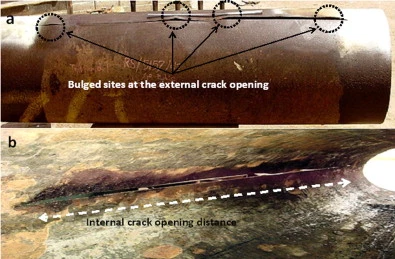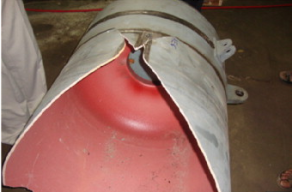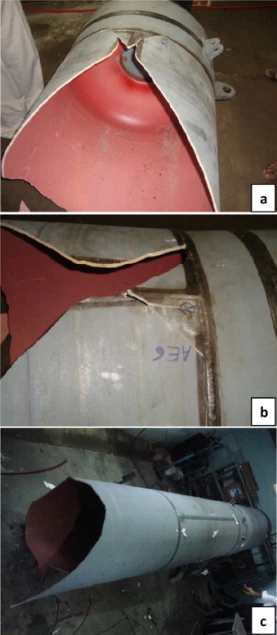 A paper published in « Case Studies in Engineering Failure Analysis« , october 2014.
A paper published in « Case Studies in Engineering Failure Analysis« , october 2014.
24” pipeline carrying oil was failed in the form of longitudinal crack at the 6 O’clock position resulting in oil spill. The failed pipe was investigated to reveal the main cause of its failure. The procedure of investigation was built on studying the intact pipe, rupture area, parent material, and intact weld. Cracks were originated from weld defected sites, initiated by grooving corrosion, propagated by inertia at the normal designed pressure condition, and stopped when stress relief is attained.


 A interesting paper in
A interesting paper in